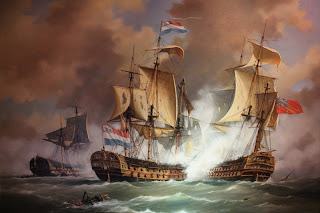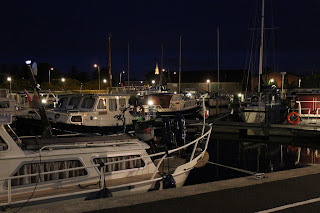We left Geldern stellplatz at 08:00 for the appointment to have some minor repairs and adjustments done to Fifi. The loose shower door, faulty outside door catch and locker hinges needed adjusting. All this was quickly and efficiently seen to by a motorhome centre in Geldern, as referred by our dealer in England. All warranty work so no cost to ourselves.
In order to be near the steel works and the guided tours on offer, it was decided to find a campsite nearby. This almost empty site, Kaisergarten stellplatze, was an ideal one night stop, next to a busy railway line on an embankment. Maybe it's me, but trains have never kept me awake, perhaps because in my youth I travelled a good few times between Johannesburg and Paarl (near Cape Town) on the Trans-Karoo, and my ears are accustomed to the rumbling noise.
Kaisergarten in Duisburg
Visiting Furnace 5 (Hochofen 5) in north Duisburg
I will not endeavour to explain the process of producing pig iron from raw materials - but shortly:-
Iron ore is fed into the blast furnace which is heated to 2000C at the core, resulting in a lava like substance flowing out at the end. The furnace when commissioned takes up to three months to reach that 2000C temperature needed to produce iron and has a life span of 10 years, when wear and tear on the works forces shut down and refurbishment.
The view from the top of the furnace over the Ruhr shows many, some working some defunct, furnaces and chimneys from what was known as the engine room of Europe. It brings the legacy of the Ruhr Gebiet and of the Krupp/Thyssen iron works to life and will make you understand why heavy engineering has always been part of the German psyche.
The Landschaftspark has many uses today, product launches, fashion shows, congresses for up to 4,000 people. You can climb walls, do underwater diving seeing plane and boat wrecks, cycle all over the 200 hectare site or just sit under trees and have lunch.
Will I go back for a second visit? You bet, and then do the night time tour .... !
Schematic drawing of the works
Furnace 5 (Hochofen 5)
View over the Duisburg area
One of the climbing walls

.JPG)















































